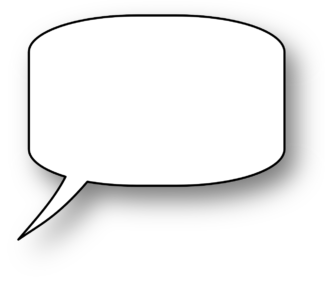A lot of writers are confused about the different types of quote styles and how to use them in their manuscript. Here’s a quick primer on the difference between pull quotes, display quotes, block quotes, and epigraphs:
A pull quote is an excerpt that is pulled from the text and displayed on the page with special graphics that draw attention to it. Typically the font is italicized and much larger than the style used in the text. Sometimes a box is placed around the quote. Pull quotes make readers take notice of a key point the author is making by repeating the words loud and clear, and they also add visual interest to the page. Overdoing pull quotes can make an author seem pompous. In a pull quote, the author is quoting himself.
A display quote is a quotation important enough to be made into a sidebar. It has the same formatting characteristics as a pull quote (large type, italics, optional box surrounding the words), but in this case the author is quoting someone else, not himself. Another difference is that a pull quote is a repeat of something in the text, while a display quote never repeats: it’s a one-shot deal. Include the person’s name at the bottom of the quote, with a dash (not a hyphen) in front of the name.
A block quote is a long quotation (four or more lines) inserted into the text but set off from it by three things: (1) indentation, (2) a different typeface (such as italics or a small-sized font), and (3) a blank line-space above and below the quotation. The entire quote (not just the first line) is indented by five spaces on the left, and also by five spaces on the right. In a block quote, the author is quoting someone else. Include the name of the author (and who she is, if that’s not obvious) in the text sentence directly before the quote (not at the end of the quote).
An epigraph is a quotation placed at the very beginning of a chapter, either in italics or a small-sized typeface. An epigraph may also be placed at the beginning of a book before the chapters start. In an epigraph, the author is quoting someone else. Put the person’s name beneath the quotation with a dash (not a hyphen) in front. Do not use an epigraph beneath a subheading. For consistency’s sake, if one chapter opens with an epigraph, all chapters must open with an epigraph.

If you keep these differences in mind, you’ll avoid the formatting mistakes many writers make when they go to insert a pull quote, display quote, block quote, or epigraph into their manuscript. For another (more serious) kind of quotation error, see my article Authors: Beware the Fake-Quotation Trap!
Jessi Rita Hoffman … book editing by an industry professional
